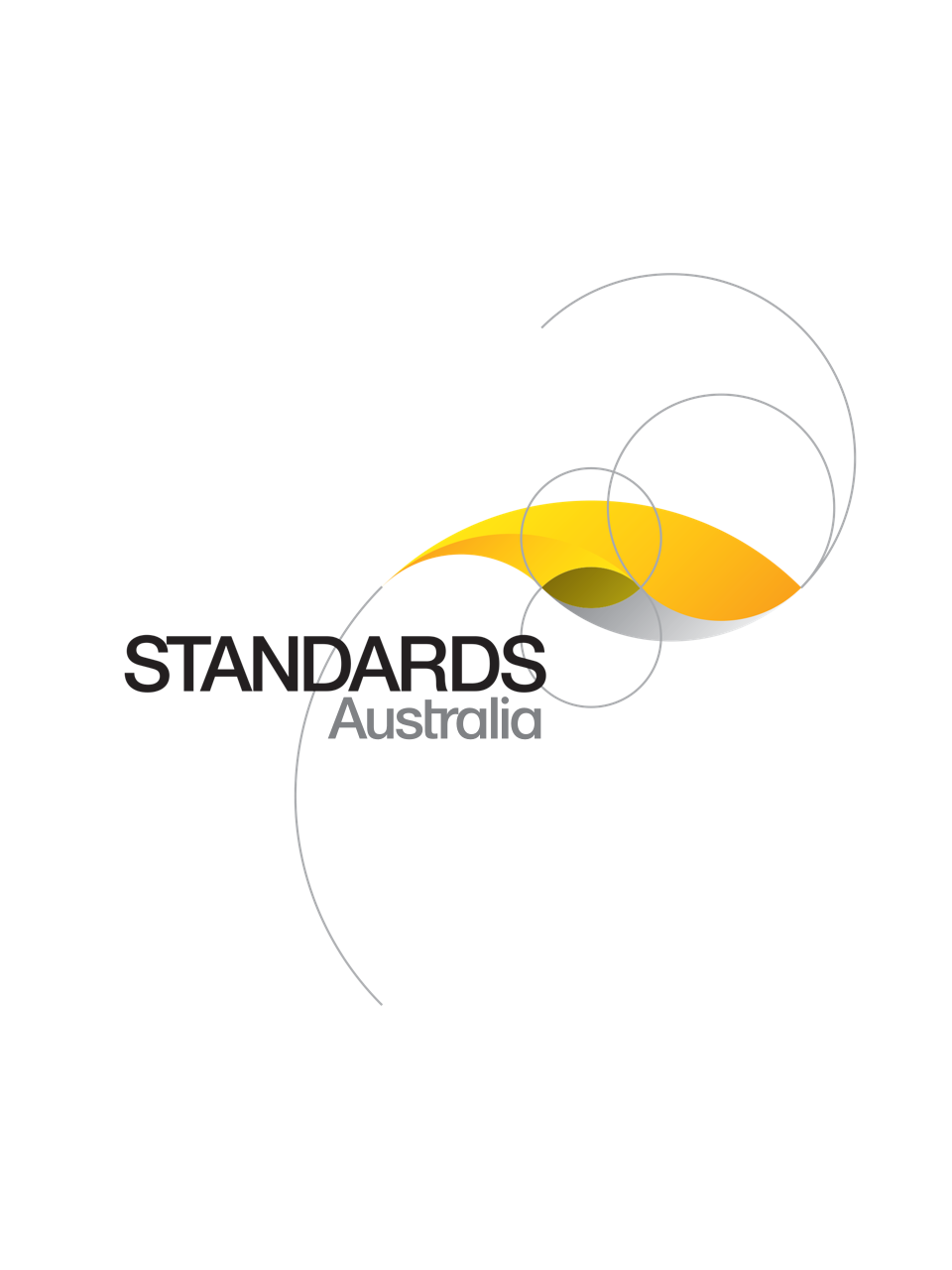Standard
UPDATE AVAILABLE
Track updates
AS 5370:2024
[Current]Sampling and qualitative identification of asbestos in bulk materials (ISO 22262-1:2012, MOD)
AS 5370:2024 adopts and modifies ISO 22262-1:2012, which specifies methods for sampling bulk materials and identification of asbestos in bulk materials
Published: 28/06/2024
Pages: 104
Table of contents
Cited references
Content history
Table of contents
Header
About this publication
Preface
Foreword
Introduction
1 Scope
2 Terms and definitions
3 Symbols and abbreviated terms
4 Principle
4.1 General
4.2 Substance determination
4.3 Type of sample
4.4 Range
4.5 Limit of detection
4.6 Limitations of PLM in the detection of asbestos
5 Sample collection
5.1 Requirements
5.1.1
5.1.2
5.1.3
5.1.3.1
5.1.3.2
5.1.3.3
5.1.3.4
5.1.3.5
5.1.3.6
5.1.3.7
5.1.3.8
5.1.3.9
5.2 Procedure
5.2.1 Safety precautions
5.2.2 Sample size requirements
5.2.2.1 General
5.2.2.2 Representative sample
5.2.2.3 Number of samples
5.2.2.4 Precautions to avoid cross-contamination between samples
5.2.2.5 Sampling strategy
5.2.2.6 Taking the samples
5.2.2.7 Sample labelling
5.2.2.8 Sampling record
5.2.2.9 Chain of custody
5.2.2.10 Storage and transport
6 Sample preparation
6.1 General
6.2 Removal of organic materials by ashing
6.3 Removal of soluble constituents by acid treatment
6.4 Sedimentation and flotation
6.5 Combination of gravimetric reduction procedures
7 Analysis by PLM
7.1 Requirements
7.1.1
7.1.2
7.1.3
7.1.4
7.1.4.1
7.1.4.2
7.1.4.3
7.1.4.4
7.1.4.5
7.1.4.6
7.1.4.7
7.1.4.8
7.1.4.9
7.1.4.10
7.2 Qualitative analysis by PLM
7.2.1 Calibration
7.2.2 Sample preparation
7.2.3 Sample analysis
7.2.3.1 Analytical sequence
7.2.3.2 Preliminary examination
7.2.3.3 Sample treatment
7.2.3.4 Stereomicroscope examination
7.2.3.5 Preparation of samples for PLM examination
7.2.3.6 Identification of asbestos by PLM and dispersion staining
7.2.3.7 Identification of asbestos
7.2.3.7.1 Morphology
7.2.3.7.2 Colour and pleochroism
7.2.3.7.3 Birefringence
7.2.3.7.4 Extinction angle
7.2.3.7.5 Sign of elongation
7.2.3.7.6 Refractive indices
7.2.4 Interferences
7.2.4.1 Heated asbestos
7.2.4.2 Leached chrysotile
7.2.4.3 Fibres with morphological and/or optical properties similar to those of asbestos
7.2.4.4 Identification of other sample components
8 Analysis by SEM
8.1 General
8.2 Requirements
8.2.1
8.2.2
8.2.3
8.3 Calibration
8.4 Sample preparation
8.5 Qualitative analysis by SEM
8.5.1 Acquisition of EDXA spectra
8.5.2 Sample analysis
8.5.2.1 Chrysotile
8.5.2.2 Amosite
8.5.2.3 Crocidolite
8.5.2.4 Tremolite
8.5.2.5 Actinolite
8.5.2.6 Anthophyllite
8.5.2.7 Sodic-calcic amphibole asbestos (richterite/winchite)
9 Analysis by transmission electron microscope
9.1 General
9.2 Requirements
9.2.1
9.2.2
9.2.3
9.2.4
9.2.5
9.3 Calibration
9.3.1 EDXA system
9.3.2 Camera constant for interpretation of ED patterns
9.4 Sample preparation
9.5 Qualitative analysis by TEM
9.5.1 Acquisition of EDXA spectra
9.5.2 Chrysotile
9.5.3 Amosite
9.5.4 Crocidolite
9.5.5 Tremolite
9.5.6 Actinolite
9.5.7 Anthophyllite
9.5.8 Sodic-calcic amphibole asbestos (richterite/winchite)
10 Test report
Annex A
Annex B
Annex C
Annex D
Annex E
Annex F
F.1 General
F.2 EDXA analysis
F.3 Electron diffraction
Annex G
Annex H
Bibliography
Appendix ZA
ZA.1 General
ZA.2 Sub-sampling procedures
ZA.3 Analytical sequence
ZA.4 Sample examination process
Appendix ZB
ZB.1 General
ZB.2 Sample examination process
Appendix ZC
ZC.1 General
ZC.2 Residual analysis procedure
ZC.3 Residual analysis criteria
Appendix ZD
Appendix ZE
Amendment control sheet
AS 5370:2024
Amendment No. 1 (2025)
Revised text amendment
Cited references in this standard
Content history
[Current]
[Current]
[Superseded]
DR AS 5370:2023
One-time Purchase
Access via web browser on any device
One-time purchase
Single publication
Offline access via PDF^
$275.61 AUD
Inclusive of GSTFormat *
Web Reader
Licenses *
1 License (for yourself - not shareable)
Total$275.61 AUD
IMPORTANT
